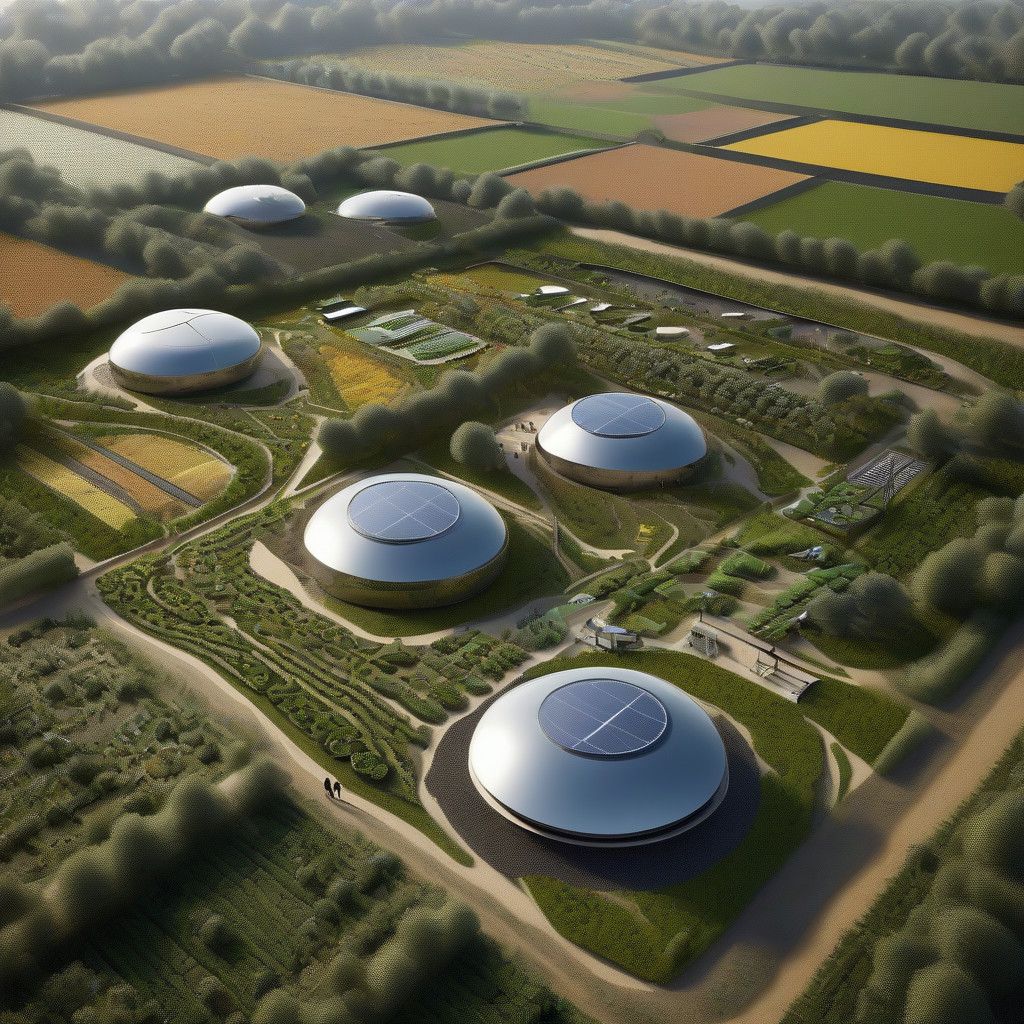In the face of escalating waste management challenges, innovative solutions are urgently needed. Agro2Circular, a European project funded by the H2020 Research & Innovation EU programme, is setting the standard for sustainable practices in the agri-food sector. Based in Murcia, Spain, the initiative aims to develop a comprehensive circular economy model that addresses two significant waste streams: multilayer-multimaterial metallised plastic films and organic waste from fruits and vegetables.
The agri-food industry is notorious for its substantial waste generation, particularly in packaging and leftover produce. A significant portion of the packaging, specifically ‘aseptic bags in a box’, composed of multiple layers of plastics and aluminium, often ends up in landfills. Agro2Circular has devised an innovative upcycling process that begins with a thorough method of collection, cutting, washing, and drying—known as the GWC recycling process. This process optimizes the subsequent steps, such as the novel optical sorting technology developed by IRIS, which efficiently separates metallised materials from non-metallised ones.
One of the groundbreaking technologies employed in Agro2Circular is saperatec, which facilitates delamination, effectively stripping away aluminium from the metallised plastic fraction. This differentiation streamlines the process of obtaining high-quality secondary raw materials for the packaging industry. The resultant plastic fractions, categorized by their compatibility, reveal a considerable potential for reuse, enhancing the circular economy significantly.
Moreover, the project takes a sustainable approach to plastic waste by integrating enzymatic degradation technologies developed by EPOCH Biodesign. By employing engineered enzymes, Agro2Circular can break down complex polyesters into their individual constituents, such as Terephthalate (TPA) and Ethylene Glycol (EG). These raw materials serve as secondary resources, reinforcing the idea that waste can transform into valuable inputs rather than ending as drain on ecosystems.
In an encouraging development, the second layer of Agro2Circular’s initiatives focuses on transforming bioproducts from waste. Yeast factories are employed to convert EG into glycolic acid (GA), a compound with significant cosmetic applications. Unlike traditional bacterial processes, the yeast can produce GA efficiently, achieving yields of over 75%. This innovative biological approach not only reduces waste but also provides sustainable alternatives for the cosmetics industry, potentially reducing dependency on fossil fuel-based ingredients.
As agro-residues such as fruits and vegetables pile up, Agro2Circular is stepping up with its pioneering extraction processes. Significantly, two extraction routes have been optimized to value agri-food waste: enzymatic extraction and microwave-assisted extraction. Enzymatic methods are particularly effective, yielding impressive concentrations of bioactive compounds, while microwave-assisted extraction enhances the retrieval process significantly. For instance, extracts from artichoke and grape residues have achieved purities that are market-ready for cosmetic and nutraceutical applications.
A case study on the extraction process reveals that while the operational parameters have been optimized, some challenges remain, particularly within the stabilization phases. Despite these hurdles, the potential of utilizing organic residues in new formulations maximizes material efficiency and aligns perfectly with the principles of the circular economy.
The project does not stop at extraction and recycling; it also aims to create a robust framework for traceability and data management. The Agro2Circular Data Integration System is a forward-thinking solution that guarantees the traceability of waste materials throughout their lifecycle. By implementing blockchain technology, this initiative ensures that stakeholders can verify the origin and processing of materials, significantly enhancing transparency and trust across the supply chain. This level of traceability has become vital in combating greenwashing—where companies misleadingly advertise sustainable practices.
The operational highlight of Agro2Circular is its Evaluation and Decision Tool, which employs machine learning algorithms to optimize waste management and recycling routes. By leveraging vast amounts of data, the tool identifies the most efficient methods for processing different types of waste, thereby aiding industries in maintaining compliance with stringent EU regulations while promoting sustainable practices.
The adaptability of Agro2Circular’s technologies is another significant advantage. The principles of upcycling and extraction can be replicated across various regions within Europe, catering to local agricultural waste and market demands. This flexibility not only ensures that the technologies meet specific needs but also fosters widespread implementation of circular economy practices.
In conclusion, Agro2Circular stands as a successful model for integrating innovative technologies into the agri-food industry, addressing waste management issues while promoting a circular economy. As industries face mounting pressure to adopt sustainable practices, projects like Agro2Circular will play a crucial role in demonstrating the feasibility and profitability of recycling and upcycling initiatives. The path forward is clear: with ongoing research and a continuous focus on innovation, the potential for large-scale sustainable practices is within reach.











